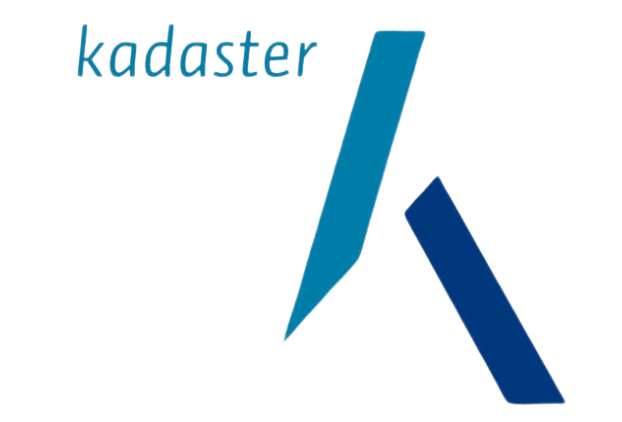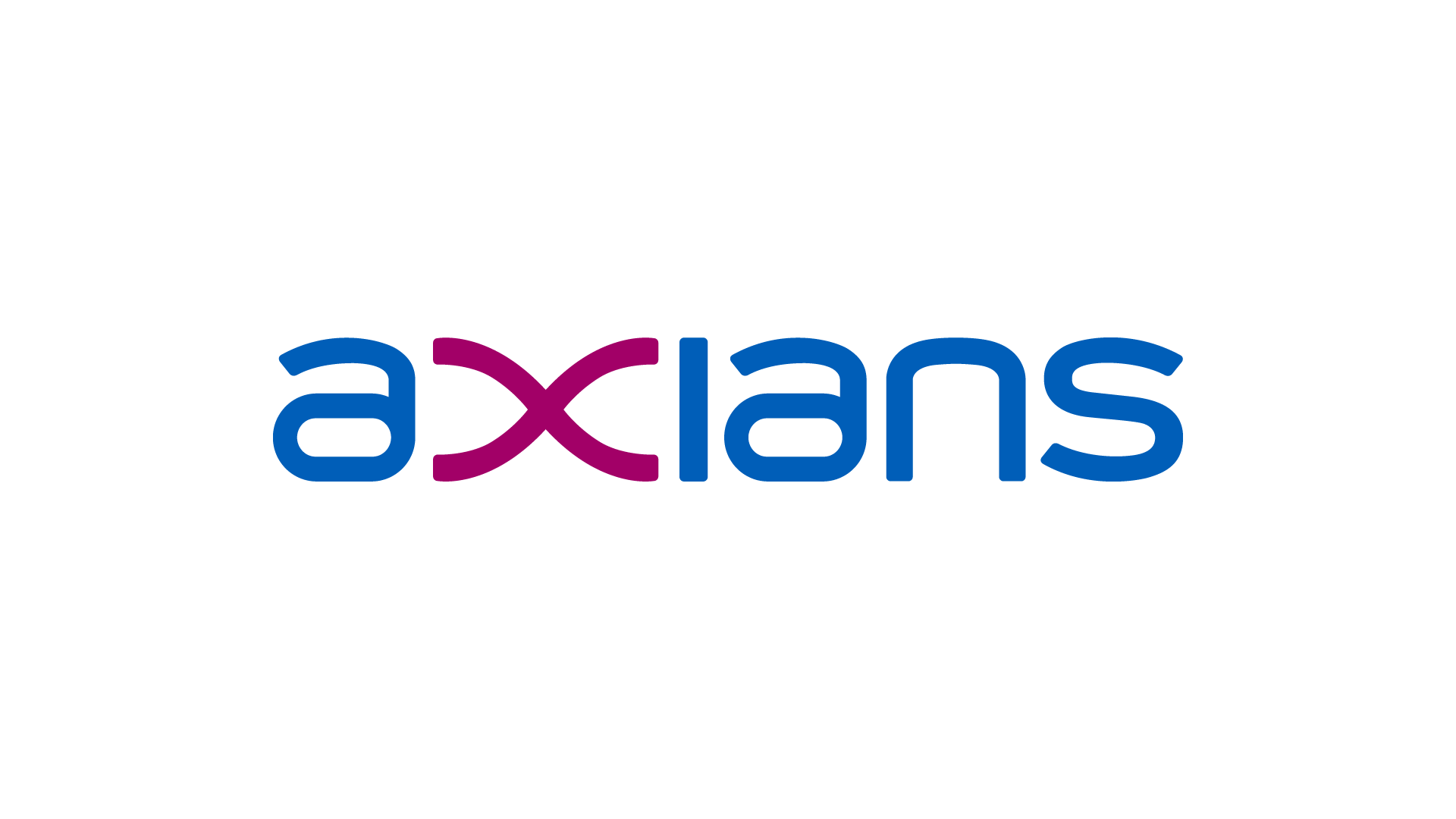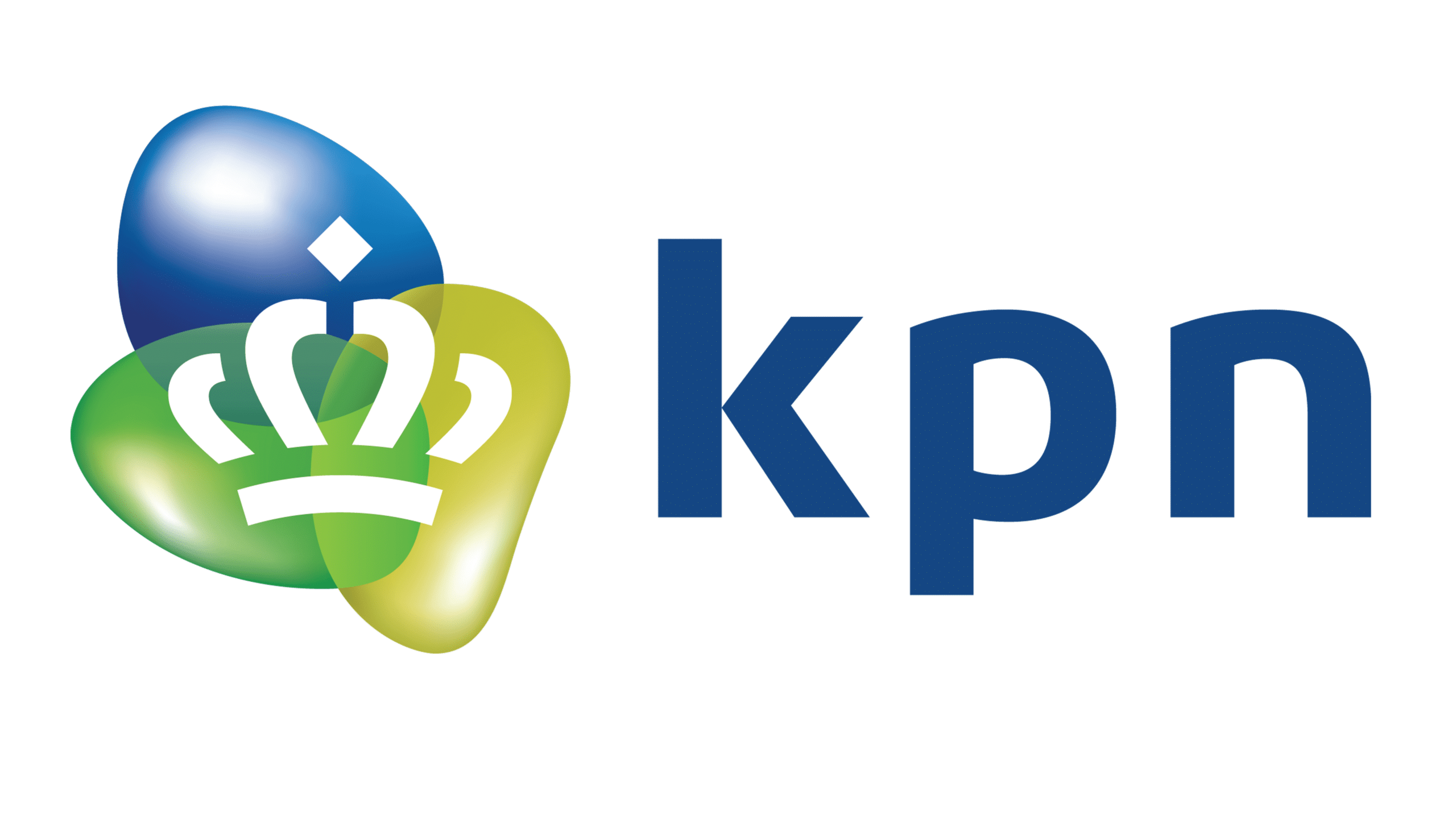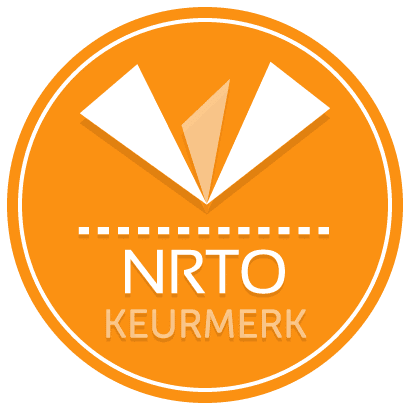Algemene omschrijving
The SC-200 E-Learning is entirely in English. As a Dutch IT training provider, we offer the information on this page in Dutch. At the bottom of the page, you will find a brief summary in English. The topics within the SC-200 E-Learning package itself are described in English.
De SC-200 E-Learning biedt jou een praktijkgerichte leerervaring waarin je leert om cyberdreigingen te onderzoeken, erop te reageren en ze actief op te sporen met behulp van Microsoft Azure Sentinel, Azure Defender en Microsoft 365 Defender. Door de SC-200 E-Learning door te nemen zul je de benodigde kennis en vaardigheden verkrijgen om cyberaanvallen te detecteren, te analyseren en de gevolgen ervan te beperken. Dankzij het zelfstudieformaat van de SC-200 E-Learning krijg jij de gelegenheid om het SC-200 cursusmateriaal in jouw eigen tempo door te nemen.
Verder zul je met de SC-200 E-Learning je optimaal voorbereiden op het SC-200 examen. Je zult gebruik leren maken van geavanceerde Microsoft-technologieën, zoals Azure Sentinel en je zult leren om Kusto Query Language (KQL) effectief in te zetten voor detectie, analyse en rapportage.
Met de SC-200 E-Learning zul je essentiële kennis en vaardigheden verkrijgen om cyberdreigingen proactief te bestrijden en de gevolgen van cyberaanvallen te beperken. De SC-200 E-Learning bestaat uit het SC-200 cursusmateriaal, een labomgeving, een MeasureUp oefenexamen en een SC-200 examenvoucher. Hiermee zul jij je goed kunnen voorbereiden om het SC-200 examen af te leggen en de SC-200 certificering te behalen. Vergroot jouw expertise in Security Operations en til jouw carrière binnen het vakgebied van cybersecurity naar een hoger niveau.
Doelgroep
De SC-200 E-Learning biedt waardevolle kennis en vaardigheden voor iedereen die betrokken is bij het beveiligen van informatiesystemen en die cyberaanvallen proactief wil detecteren, bestrijden en analyseren. Daarnaast biedt de SC-200 E-Learning een uitstekende voorbereiding op het SC-200 examen en een onmisbare stap voor professionals die hun carrièrekansen willen verbeteren in het snelgroeiende domein van Security Operations.
Dit betreft met name de volgende mensen:
- Security Operations-analisten die verantwoordelijk zijn voor het opsporen, analyseren en beperken van cyberdreigingen.
- ICT-beveiligingsspecialisten die met Microsoft-oplossingen werken, zoals Azure Sentinel, Azure Defender en Microsoft 365 Defender.
- Beginnende tot ervaren ICT-professionals die zich willen certificeren en verder willen specialiseren binnen cybersecurity.
- SOC-medewerkers (Security Operations Center) die praktische vaardigheden op willen doen met Kusto Query Language (KQL) voor detectie en rapportage.
- ICT-consultants en adviseurs die organisaties ondersteunen bij het verbeteren van hun beveiligingsprocessen en incidentrespons.
Wat is inbegrepen
De SC-200 E-Learning biedt alles jij nodig hebt om je voor te bereiden op het SC-200 examen en om kennis en vaardigheden te verkrijgen op het gebied van Security Operations.
Hier is een overzicht van de inhoud van de SC-200 E-Learning:
- SC-200 cursusmateriaal
- Het SC-200 cursusmateriaal bestaat uit uitgebreid lesmateriaal om de theorie achter cyberdreigingsdetectie, -analyse en -bestrijding te leren begrijpen.
- Praktische labopdrachten
- Verkrijg 180 dagen lang toegang tot een interactieve labomgeving waarin je praktische vaardigheden zult verkrijgen in het gebruik van Microsoft Defender, Microsoft 365 Defender for Endpoint, Azure Defender en Azure Sentinel.
- MeasureUp oefenexamen
- Toets jouw kennis met een MeasureUp oefenexamen ter voorbereiding op het SC-200 examen.
- SC-200 examenvoucher
- Met een SC-200 examenvoucher zul je het SC-200 certificeringsexamen af kunnen leggen.
Voorkennis
Om te beginnen met de SC-200 E-Learning, is het belang dat jij over de volgende kennis en vaardigheden beschikt:
- Basiskennis van Microsoft Azure
- Basisbegrip van Microsoft Azure is belangrijk in de SC-200 E-Learning, omdat de SC-200 E-Learning vaak betrekking heeft op het gebruik van Azure in het kader van beveiligingsoperaties.
- Basiskennis in cybersecurity
- Enige voorkennis of ervaring in cybersecurity, zoals het begrijpen van basisprincipes van cybersecurity en cyberbedreigingen, zou goed van pas kunnen komen. Dit zorgt ervoor dat jij de geavanceerde onderwerpen in de SC-200 E-Learning goed kunt begrijpen. Mocht je deze basiskennis nog niet hebben, dan raden wij de aan om eerst de SC-900 E-Learning door te nemen.
- Analytische vaardigheden
- Het vermogen om data en beveiligingswaarschuwingen te analyseren is cruciaal, aangezien de rol van een Security Operations Analyst voornamelijk draait om het analyseren van en reageren op beveiligingsincidenten.
- Engelse taalvaardigheid
- Een goede beheersing van de Engelse taal is vereist voor het begrijpen van het SC-200 cursusmateriaal.
Onderwerpen
Module 1: Mitigate threats using Microsoft Defender
Analyze threat data across domains and rapidly remediate threats with built-in orchestration and automation in Microsoft 365 Defender. Learn about cybersecurity threats and how the new threat protection tools from Microsoft protect your organization’s users, devices, and data. Use the advanced detection and remediation of identity-based threats to protect your Azure Active Directory identities and applications from compromise.
Lessons:
- Introduction to threat protection with Microsoft 365.
- Mitigate incidents using Microsoft 365 Defender.
- Remediate risks with Microsoft Defender for Office 365.
- Microsoft Defender for Identity.
- Azure AD Identity Protection.
- Microsoft Cloud App Security.
- Respond to data loss prevention alerts.
- Manage insider risk in Microsoft 365.
After completing this module, students will be able to:
- Explain how the threat landscape is evolving.
- Manage incidents in Microsoft 365 Defender.
- Conduct advanced hunting in Microsoft 365 Defender.
- Investigate alerts in Microsoft Defender.
- Describe the investigation and remediation features of Azure Active Directory Identity Protection.
- Define the Cloud App Security framework.
- Explain how Cloud Discovery helps you see what's going on in your organization.
Module 2: Mitigate threats using Microsoft 365 Defender for Endpoint
Implement the Microsoft Defender for Endpoint platform to detect, investigate, and respond to advanced threats. Learn how Microsoft Defender for Endpoint can help your organization stay secure. Learn how to deploy the Microsoft Defender for Endpoint environment, including onboarding devices and configuring security. Learn how to investigate incidents and alerts using Microsoft Defender for Endpoints. Perform advanced hunting and consult with threat experts. You will also learn how to configure automation in Microsoft Defender for Endpoint by managing environmental settings.. Lastly, you will learn about your environment's weaknesses by using Threat and Vulnerability Management in Microsoft Defender for Endpoint.
Lessons:
- Protect against threats with Microsoft Defender for Endpoint.
- Deploy the Microsoft Defender for Endpoint environment.
- Implement Windows 10 security enhancements.
- Perform device investigations.
- Perform actions on a device.
- Perform evidence and entities investigations.
- Configure for alerts and detections.
- Manage insider risk in Microsoft 365.
- Utilize Threat and Vulnerability Management.
After completing this module, students will be able to:
- Define the capabilities of Microsoft Defender for Endpoint.
- Configure Microsoft Defender for Endpoint environment settings.
- Configure Attack Surface Reduction rules on Windows 10 devices.
- Describe device forensics information collected by Microsoft Defender for Endpoint.
- Conduct forensics data collection using Microsoft Defender for Endpoint.
- Investigate user accounts in Microsoft Defender for Endpoint.
- Manage automation settings in Microsoft Defender for Endpoint.
- Manage indicators in Microsoft Defender for Endpoint.
- Describe Threat and Vulnerability Management in Microsoft Defender for Endpoint.
Module 3: Mitigate threats using Azure Defender
Use Azure Defender integrated with Azure Security Center, for Azure, hybrid cloud, and on-premises workload protection and security. Learn the purpose of Azure Defender, Azure Defender's relationship to Azure Security Center, and how to enable Azure Defender. You will also learn about the protections and detections provided by Azure Defender for each cloud workload. Learn how you can add Azure Defender capabilities to your hybrid environment.
Lessons:
- Plan for cloud workload protections using Azure Defender.
- Explain cloud workload protections in Azure Defender.
- Connect Azure assets to Azure Defender.
- Connect non-Azure resources to Azure Defender.
- Remediate security alerts using Azure Defender.
After completing this module, students will be able to:
- Describe Azure Defender features.
- Explain Azure Security Center features.
- Explain which workloads are protected by Azure Defender.
- Explain how Azure Defender protections function.
- Configure auto-provisioning in Azure Defender.
- Describe manual provisioning in Azure Defender.
- Connect non-Azure machines to Azure Defender.
- Describe alerts in Azure Defender.
- Remediate alerts in Azure Defender.
- Automate responses in Azure Defender.
Module 4: Create queries for Azure Sentinel using Kusto Query Language (KQL)
Write Kusto Query Language (KQL) statements to query log data to perform detections, analysis, and reporting in Azure Sentinel. This module will focus on the most used operators. The example KQL statements will showcase security related table queries. KQL is the query language used to perform analysis on data to create analytics, workbooks, and perform hunting in Azure Sentinel. Learn how basic KQL statement structure provides the foundation to build more complex statements. Learn how to summarize and visualize data with a KQL statement provides the foundation to build detections in Azure Sentinel. Learn how to use the Kusto Query Language (KQL) to manipulate string data ingested from log sources.
Lessons:
- Construct KQL statements for Azure Sentinel.
- Analyze query results using KQL.
- Build multi-table statements using KQL.
- Work with data in Azure Sentinel using Kusto Query Language.
After completing this module, students will be able to:
- Construct KQL statements.
- Search log files for security events using KQL.
- Filter searches based on event time, severity, domain, and other relevant data using KQL.
- Summarize data using KQL statements.
- Render visualizations using KQL statements.
- Extract data from unstructured string fields using KQL.
- Extract data from structured string data using KQL.
- Create Functions using KQL.
Module 5: Configure your Azure Sentinel environment
Get started with Azure Sentinel by properly configuring the Azure Sentinel workspace. Traditional security information and event management (SIEM) systems typically take a long time to set up and configure. They're also not necessarily designed with cloud workloads in mind. Azure Sentinel enables you to start getting valuable security insights from your cloud and on-premises data quickly. This module helps you get started. Learn about the architecture of Azure Sentinel workspaces to ensure you configure your system to meet your organization's security operations requirements. As a Security Operations Analyst, you must understand the tables, fields, and data ingested in your workspace. Learn how to query the most used data tables in Azure Sentinel.
Lessons:
- Introduction to Azure Sentinel.
- Create and manage Azure Sentinel workspaces.
- Query logs in Azure Sentinel.
- Use watchlists in Azure Sentinel.
- Utilize threat intelligence in Azure Sentinel.
After completing this module, students will be able to:
- Identify the various components and functionality of Azure Sentinel.
- Identify use cases where Azure Sentinel would be a good solution.
- Describe Azure Sentinel workspace architecture.
- Install Azure Sentinel workspace.
- Manage an Azure Sentinel workspace.
- Create a watchlist in Azure Sentinel.
- Use KQL to access the watchlist in Azure Sentinel.
- Manage threat indicators in Azure Sentinel.
- Use KQL to access threat indicators in Azure Sentinel.
Module 6: Connect logs to Azure Sentinel
Connect data at cloud scale across all users, devices, applications, and infrastructure, both on-premises and in multiple clouds to Azure Sentinel. The primary approach to connect log data is using the Azure Sentinel provided data connectors. This module provides an overview of the available data connectors. You will get to learn about the configuration options and data provided by Azure Sentinel connectors for Microsoft 365 Defender.
Lessons:
- Connect data to Azure Sentinel using data connectors.
- Connect Microsoft services to Azure Sentinel.
- Connect Microsoft 365 Defender to Azure Sentinel.
- Connect Windows hosts to Azure Sentinel.
- Connect Common Event Format logs to Azure Sentinel.
- Connect syslog data sources to Azure Sentinel.
- Connect threat indicators to Azure Sentinel.
After completing this module, students will be able to:
- Explain the use of data connectors in Azure Sentinel.
- Explain the Common Event Format and Syslog connector differences in Azure Sentinel.
- Connect Microsoft service connectors.
- Explain how connectors auto-create incidents in Azure Sentinel.
- Activate the Microsoft 365 Defender connector in Azure Sentinel.
- Connect Azure Windows Virtual Machines to Azure Sentinel.
- Connect non-Azure Windows hosts to Azure Sentinel.
- Configure Log Analytics agent to collect Sysmon events.
- Explain the Common Event Format connector deployment options in Azure Sentinel.
- Configure the TAXII connector in Azure Sentinel.
- View threat indicators in Azure Sentinel.
Module 7: Create detections and perform investigations using Azure Sentinel
Detect previously uncovered threats and rapidly remediate threats with built-in orchestration and automation in Azure Sentinel. You will learn how to create Azure Sentinel playbooks to respond to security threats. You'll investigate Azure Sentinel incident management, learn about Azure Sentinel events and entities, and discover ways to resolve incidents. You will also learn how to query, visualize, and monitor data in Azure Sentinel.
Lessons:
- Threat detection with Azure Sentinel analytics.
- Threat response with Azure Sentinel playbooks.
- Security incident management in Azure Sentinel.
- Use entity behavior analytics in Azure Sentinel.
- Query, visualize, and monitor data in Azure Sentinel.
After completing this module, students will be able to:
- Explain the importance of Azure Sentinel Analytics.
- Create rules from templates.
- Manage rules with modifications.
- Explain Azure Sentinel SOAR capabilities.
- Create a playbook to automate an incident response.
- Investigate and manage incident resolution.
- Explain User and Entity Behavior Analytics in Azure Sentinel.
- Explore entities in Azure Sentinel.
- Visualize security data using Azure Sentinel Workbooks.
Module 8: Perform threat hunting in Azure Sentinel
In this module, you'll learn to proactively identify threat behaviors by using Azure Sentinel queries. You'll also learn to use bookmarks and livestream to hunt threats. You will also learn how to use notebooks in Azure Sentinel for advanced hunting.
Lessons:
- Threat hunting with Azure Sentinel.
- Hunt for threats using notebooks in Azure Sentinel.
After completing this module, students will be able to:
- Describe threat hunting concepts for use with Azure Sentinel.
- Define a threat hunting hypothesis for use in Azure Sentinel.
- Use queries to hunt for threats.
- Observe threats over time with livestream.
- Explore API libraries for advanced threat hunting in Azure Sentinel.
- Create and use notebooks in Azure Sentinel.
English Summary
The SC-200 E-Learning provides hands-on training to help you detect, analyze, and respond to cyber threats using Microsoft Azure Sentinel, Azure Defender, and Microsoft 365 Defender. The SC-200 E-Learning includes the SC-200 course materials, labs (accessible for 180 days), a MeasureUp practice exam, and an SC-200 exam voucher. You will learn to use advanced tools such as Kusto Query Language (KQL) for threat detection, analysis, and reporting. The SC-200 E-Learning fully prepares you for the SC-200 certification and equips you with essential Security Operations skills to advance your career in cybersecurity.
























